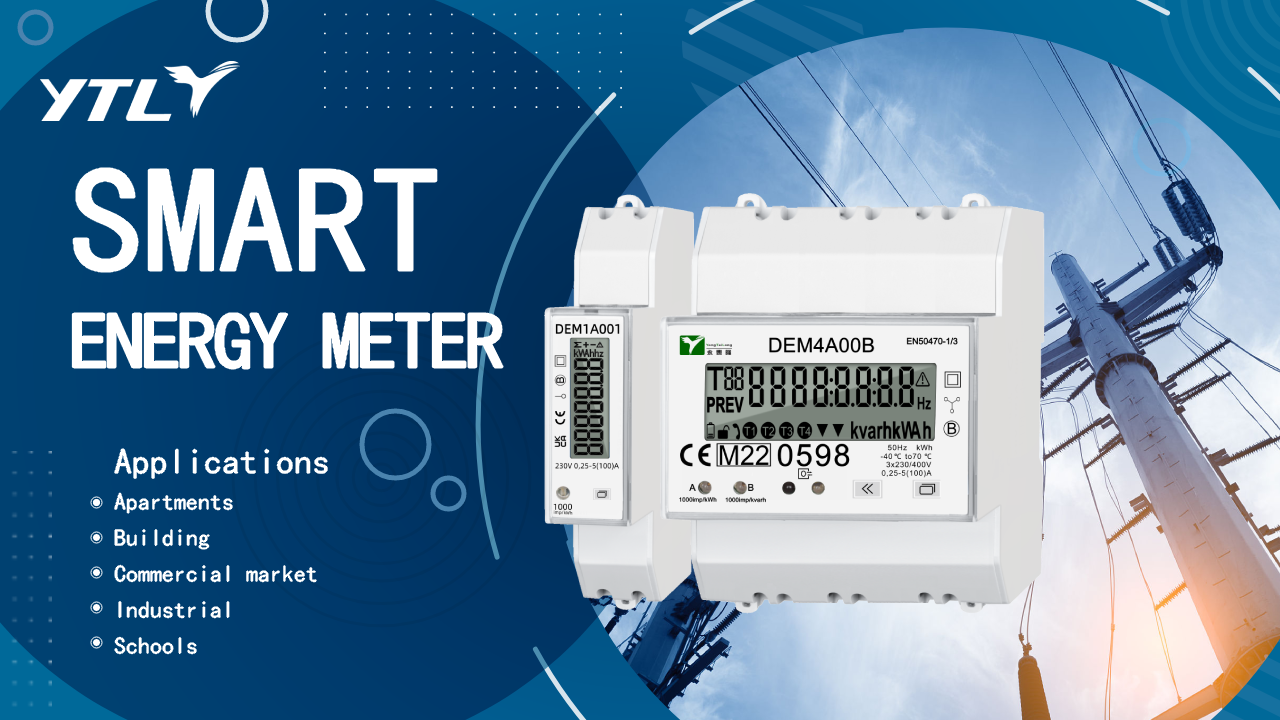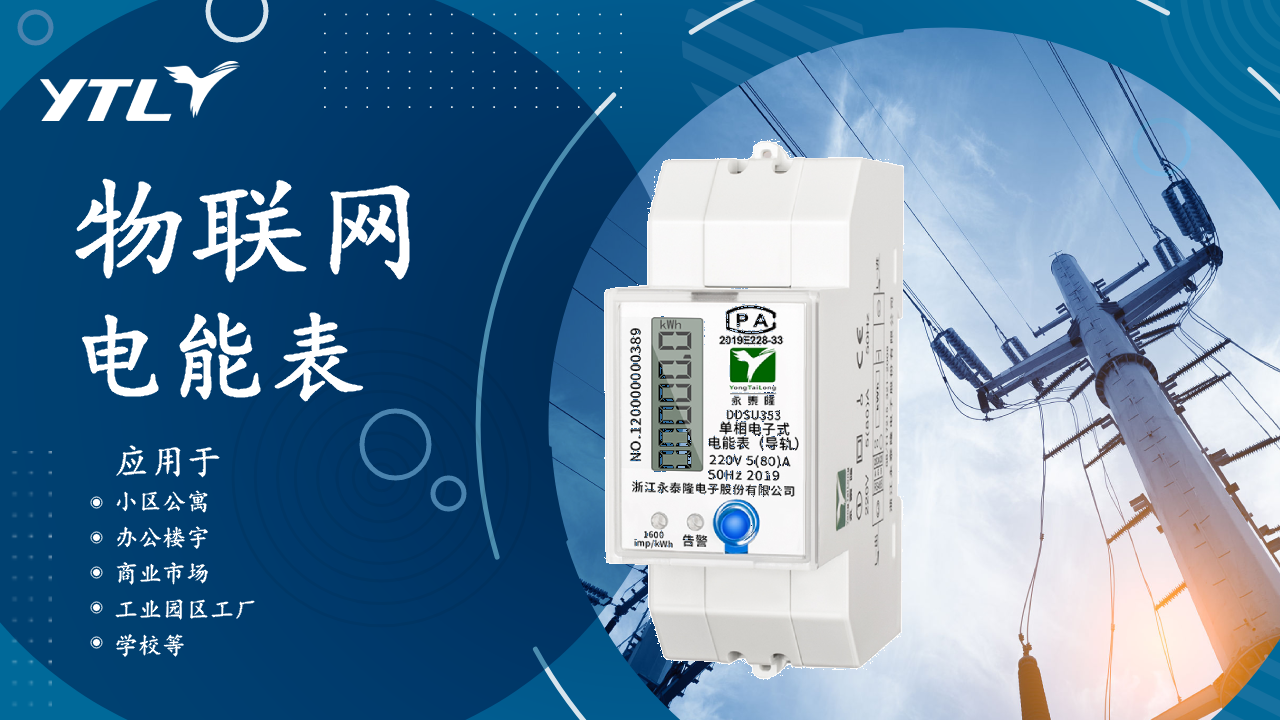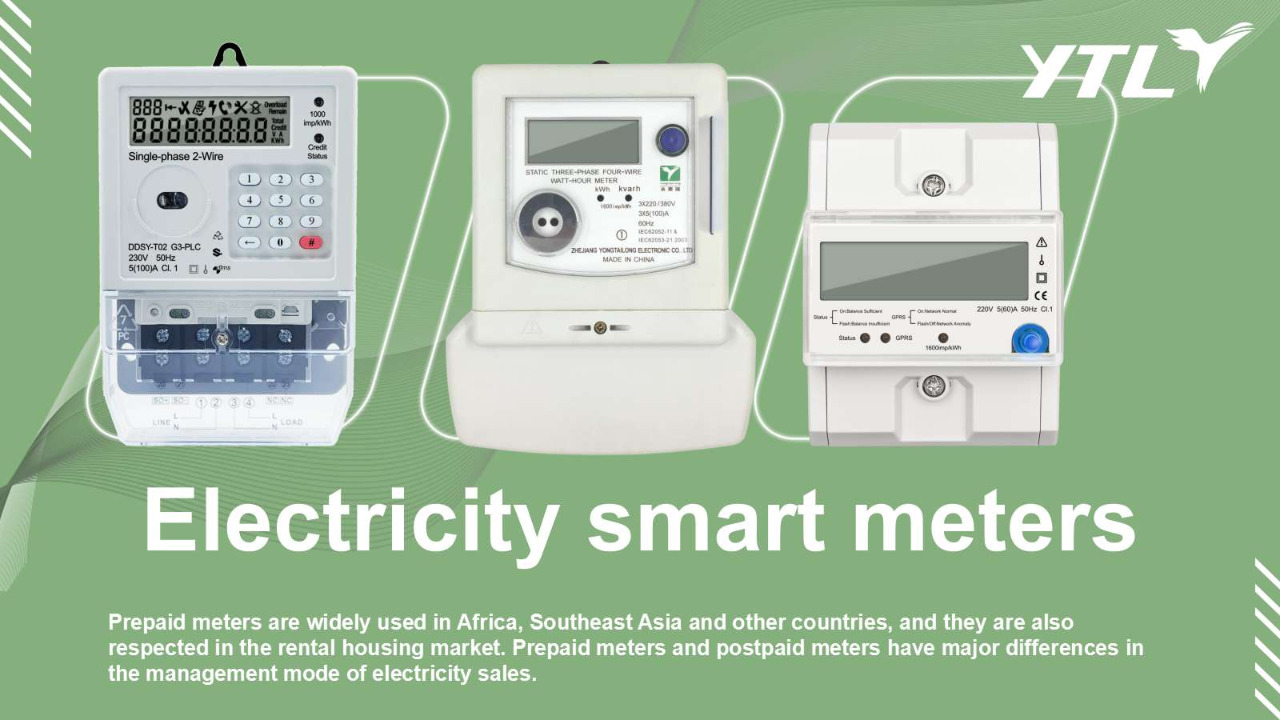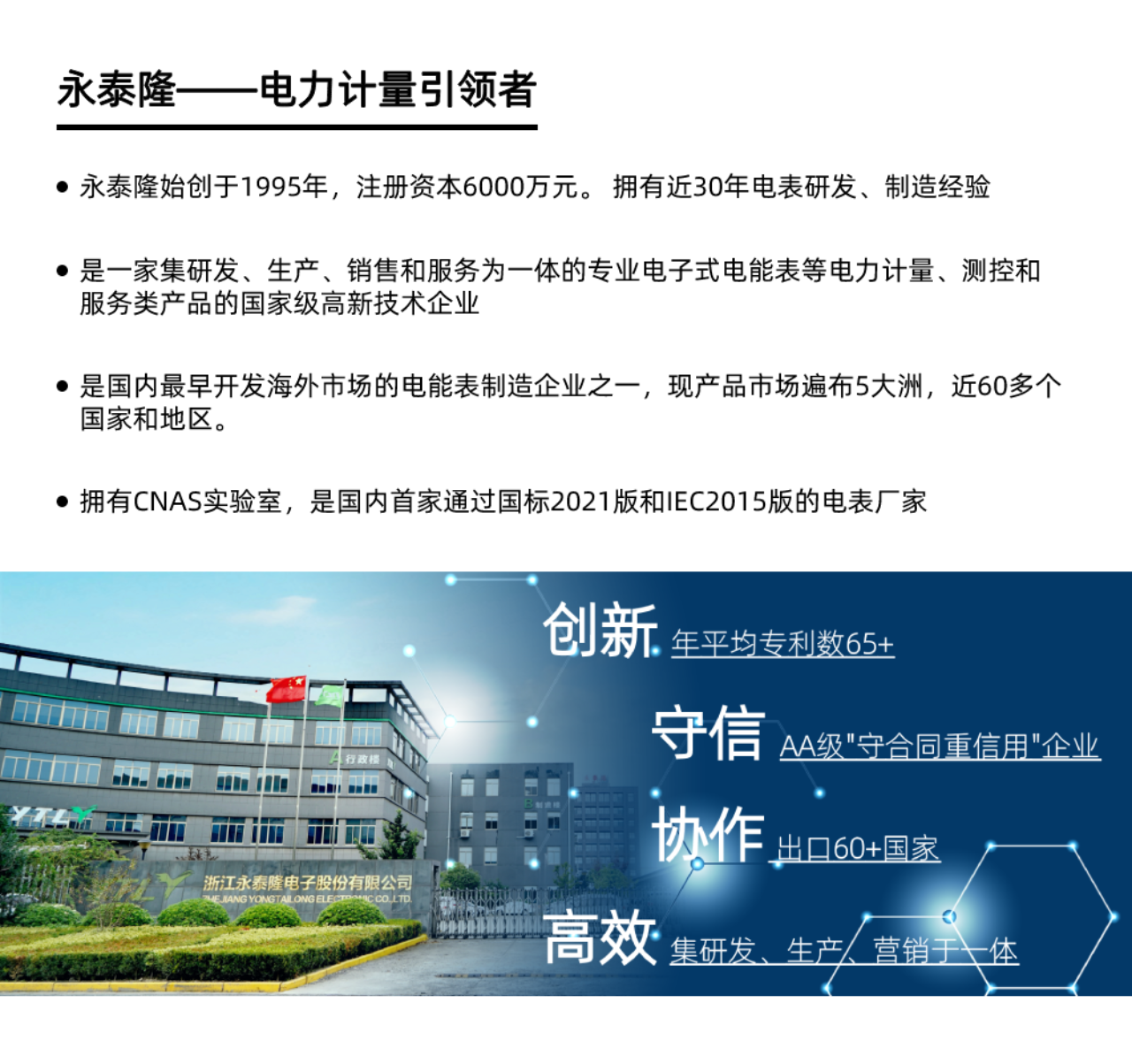Amidst the dual waves of energy revolution and digital transformation, AMI energy meters have become the core technology driving the upgrade of smart grids and energy management, thanks to their data collection, bidirectional communication, and intelligent control capabilities.
By connecting users, the power grid, and the energy system, AMI energy meters not only optimize the dynamic balance of electricity supply and demand, but also accelerate the popularization of renewable energy and the improvement of energy efficiency. This article analyzes how AMI energy meters can reshape the energy ecosystem from three dimensions: technology, applications, and future trends.

1、 Data driven power grid optimization: from passive response to active prediction The core value of AMI energy meters lies in their real-time data collection and analysis capabilities. Through the sensors and communication module of the smart meter, the AMI system can collect data such as current, voltage, and power from the user end every second and transmit it to the power grid management center.
These data provide key support for the optimized operation of the power grid: Load forecasting and dynamic scheduling: Based on historical electricity consumption data and AI algorithms, AMI can accurately predict regional electricity demand. For example, by analyzing meteorological data and user behavior, the power grid can adjust the generation plan in advance to reduce the waste of reserve capacity.
Demand side management: AMI energy meters support dynamic electricity pricing mechanisms, such as peak and valley electricity prices. In a pilot project in Italy, dynamic electricity pricing reduced peak electricity consumption by 15%, significantly alleviating the pressure on the power grid. Loss localization and loss reduction strategy: By comparing data from the power supply and user ends, AMI energy meters can quickly locate abnormal losses (such as electricity theft or equipment aging) in transmission lines, helping power grid enterprises reduce line loss rates by 3% -5% annually.
2、 User empowerment and energy democratization: from one-way consumption to two-way interaction In traditional energy systems, users are passive recipients of electricity consumption. AMI energy meters empower users with the ability to participate in energy management through data transparency and bidirectional communication Real time feedback and energy-saving decision-making: Users can view data such as time-sharing electricity consumption and device energy consumption (such as air conditioning accounting for 40% of household electricity consumption) through the mobile app, and adjust their electricity habits accordingly.
Multiple AMI projects have shown an average energy saving rate of 12% for users. Prosumer mode: AMI energy meters support bidirectional metering function, allowing household photovoltaic power generation users to sell excess electricity back to the grid. Personalized energy services: The power company provides customized packages based on AMI energy meter data. The "Electricity Health Report" service launched by a certain province in China integrates energy consumption analysis and environmental protection suggestions, resulting in a 30% increase in user satisfaction.
3、 Integration of Renewable Energy: From Intermittent Challenges to Stable Consumption The volatility and intermittency of renewable energy are the main challenges of smart grids. AMI energy meters promote the efficient utilization of clean energy through the following mechanisms: Microgrid coordinated control: In microgrids, AMI energy meters monitor the real-time power generation of distributed energy sources (such as wind and photovoltaic) and coordinate with energy storage systems for scheduling. For example, a microgrid project in California has increased the utilization rate of renewable energy to 90% through AMI energy meters. Virtual power plant: AMI aggregates dispersed renewable energy and energy storage equipment to form a virtual power plant that participates in grid scheduling.

The VPP project of Tokyo Electric Power Company in Japan successfully replaced a medium-sized thermal power plant by coordinating energy storage systems for 100000 households through AMI. Carbon footprint tracking: AMI energy meters record users' electricity sources (such as the proportion of green electricity) and generate personal carbon accounts. The EU's "Green Certification" program is based on AMI data to incentivize users to choose renewable energy.
4、 Improving the reliability and resilience of smart grids AMI significantly enhances the stability of the power grid through real-time monitoring and self-healing capabilities Quick fault location and isolation: When a line fault occurs, AMI can accurately identify the fault point (such as a transformer overload) and automatically isolate the fault area. After the application of AMI in the power grid of a certain city in China, the average power outage time has been reduced from 2 hours to 15 minutes. Preventive maintenance: AMI continuously monitors the operating status of equipment (such as temperature, vibration) and predicts potential faults.
The Swedish power grid company has reduced equipment failure rates by 40% through AMI's warning system. Enhanced disaster resilience: In weather conditions, AMI can dynamically adjust power supply priorities (such as ensuring hospital power supply) and maintain local power grid operation through distributed energy. During Typhoon Haiyan in 2023, the AMI system in the Philippines prevented 2 million households from experiencing power outages.
5、 Future Outlook: From AMI Meter to Energy Internet Access With the iteration of technology, AMI meters will be further integrated into the energy Internet ecosystem: Integration of AI and blockchain: AI algorithms will optimize the prediction accuracy of AMI (such as electricity demand forecasting error<1%), while blockchain technology can ensure transparency in energy transactions.
For example, the P2P electricity trading platform "Power Ledger" in Australia has achieved the integration of AMI and blockchain. Vehicle to grid interaction (V2G): AMI energy meters support bidirectional charging and discharging between electric vehicles and the power grid. National Grid predicts that by 2030, V2G technology can provide 10GW of flexible energy storage capacity through AMI dispatch. Standardization and Globalization: The promotion of the IR46 international standard (such as China's launch of the IR46 electricity meter tender in 2020) will promote global compatibility of AMI energy meter equipment and accelerate cross-border energy interconnection.

AMI energy meters are not only the "sensory nerves" of smart grids, but also the "decision-making brains" of energy management. Through data-driven, user engagement, and technological integration, AMI is building an efficient, resilient, and sustainable energy future. With the deep integration of 5G, AI, and renewable energy, AMI will become the core support for global carbon neutrality goals, humanity towards a new era of smart energy.


 English
English 简体中文
简体中文














